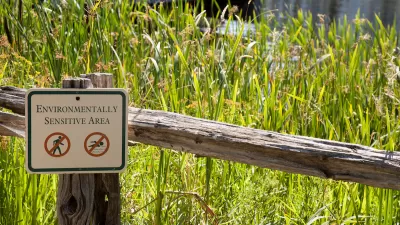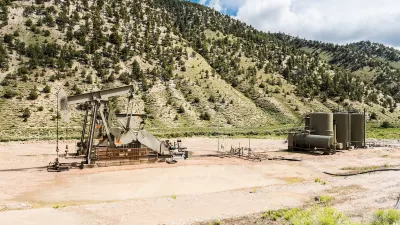Despite 80% of survey respondents wanting a reduction in volume on Erie's waterfront parkway and improved pedestrian and bicycle access to the city's waterfront, PennDOT plans instead to double traffic as part of a $120 million high-speed bypass.

A lawsuit filed this month in U.S. District Court accusing the Pennsylvania Department of Transportation of rushing through a road building project opponents say will further segment historically marginalize, environmental justice communities near downtown Erie.
The National Association for the Advancement of Colored People's Erie Unit (NAACP – Erie Unit) and Citizens for Pennsylvania’s Future (PennFuture), filed a lawsuit this month challenging the Federal Highway Administration’s approval of the Erie Bayfront Parkway Project, according to a press release from Earthjustice, the nonprofit public interest environmental law organization representing the plaintiffs.
According to the press release, PennDOT violated the National Environmental Policy Act, the Administrative Procedure Act, and the Federal Aid Highway Act by failing to examine the project’s potentially significant impacts. "The lawsuit filed today with the U.S. District Court for the Western District of Pennsylvania seeks a full environmental analysis, as well as adequate and documented public review of alternative parkway project designs before expanding the Bayfront Parkway — a major road that runs through Erie’s waterfront."
The press release includes more details on the planning and engineering process that provoked the lawsuit, along with soundbites from officials with the plaintiffs about the potential impact of the project.
FULL STORY: Groups File Lawsuit Challenging PennDOT and FHA’s Vehicles-First Erie Bayfront Parkway Project

Study: Maui’s Plan to Convert Vacation Rentals to Long-Term Housing Could Cause Nearly $1 Billion Economic Loss
The plan would reduce visitor accommodation by 25,% resulting in 1,900 jobs lost.

North Texas Transit Leaders Tout Benefits of TOD for Growing Region
At a summit focused on transit-oriented development, policymakers discussed how North Texas’ expanded light rail system can serve as a tool for economic growth.

Using Old Oil and Gas Wells for Green Energy Storage
Penn State researchers have found that repurposing abandoned oil and gas wells for geothermal-assisted compressed-air energy storage can boost efficiency, reduce environmental risks, and support clean energy and job transitions.

Private Donations Propel Early Restoration of Palisades Playground
Los Angeles has secured over $1.3 million in private funding to restore the Pacific Palisades playground months ahead of schedule, creating a modern, accessible space that supports community healing after recent wildfires.

From Blight to Benefit: Early Results From California’s Equitable Cleanup Program
The Equitable Community Revitalization Grant (ECRG) program is reshaping brownfield redevelopment by prioritizing projects in low-income and environmental justice communities, emphasizing equity, transparency, and community benefits.

Planting Relief: Tackling Las Vegas Heat One Tree at a Time
Nevada Plants, a Las Vegas-based nonprofit, is combating the city’s extreme urban heat by giving away trees to residents in underserved neighborhoods, promoting shade, sustainability, and community health.
Urban Design for Planners 1: Software Tools
This six-course series explores essential urban design concepts using open source software and equips planners with the tools they need to participate fully in the urban design process.
Planning for Universal Design
Learn the tools for implementing Universal Design in planning regulations.
Ascent Environmental
Borough of Carlisle
Institute for Housing and Urban Development Studies (IHS)
City of Grandview
Harvard GSD Executive Education
Toledo-Lucas County Plan Commissions
Salt Lake City
NYU Wagner Graduate School of Public Service





























